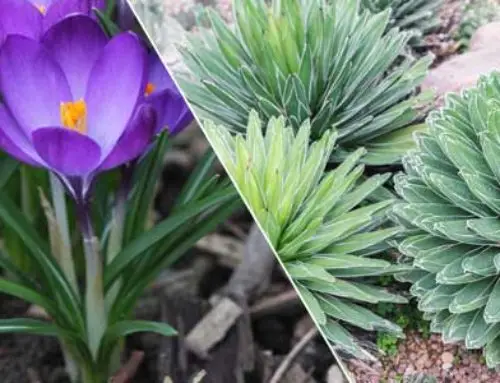Spring has arrived and summer is right around the corner. Gardener lovers bask in the joy of planting and watching their beauties develop into an array of colourful magnificence, but this evolution requires some considerations. Now is the time to think about how to keep your outdoor plants healthy and strong.
The most important thing to understand about disease prevention is something called the disease triangle. Disease can only happen when three things coincide: you have a plant that can get sick (a host), a pathogen (like a fungus, bacterium, or virus) that can attack the plant, and environmental conditions (like humidity or drought) that promote the disease.
Prevention is the key here. Rather than waiting for a problem to pop up in your garden, consider the best defence against disease to be a good offence.
Here are some tips to keep your outdoor plants healthy and strong all season long.
Examine plants carefully before buying
- The easiest way to limit disease in your garden is to avoid introducing it in the first place. Getting a disease with a new plant is not the kind of bonus that any of us wants. One of the hardest things to learn is what a healthy plant should look like so always inspect the root quality.
Usefully composted yard waste
- Not all materials in a compost pile decompose at the same rate. Thorough composting generates high temperatures for extended lengths of time, which actually kill any pathogens in the material. Infected plant debris that has not undergone this process will reintroduce potential diseases into your garden. Avoid using yard waste as mulch under sensitive plants and avoid including possibly infected debris in your pile.
Keep an eye on your bugs
- Insect damage to plants is much more than cosmetic. Viruses and bacteria often can only enter a plant through some sort of opening. Some insects actually act as a transport for viruses, spreading them from one plant to the next.
Apply the correct fertilizer
- You need to take care when fertilizing plants since too much of any fertilizer can burn roots, reducing their ability to absorb water. This, in turn, makes the plants more susceptible to stress from drought, cold, and heat.
Plant disease-resistant varieties
- Disease-resistant plants are those that might get sick with a particular problem but will fight off the disease instead of succumbing to it. Some tomatoes are coded as “VFN resistant,” which means the tomato variety is resistant to the fungi and nematodes.
Nursery employees can help you identify the best or most resistant varieties of many plants.
Prune damaged limbs at the right time
- Trimming trees and shrubs in late winter is better than waiting until spring. Wounded limbs can become infected over the winter; allowing disease to become established when the plant is dormant. Late-winter pruning prevents disease from spreading to new growth.
Choose and site plants appropriately
- Successful gardening is based on using plants appropriate for your zone and site. If you set a shade-loving plant, like an azalea, in full sun, it will grow poorly and be easily attacked by diseases and insects.
Correct Watering
- Watering your garden is a good thing, but since many diseases need water just as much as plants do, how you go about it makes a big difference. Choose watering methods that limit moisture on a plant’s foliage. Soaker hoses and drip irrigation accomplish this nicely.
Don’t crowd plants
- Trim out crowded, damaged, or old stalks on plants that are prone to diseases like powdery mildew to thrive. Take care when spacing transplants, and keep an eye on established plants as they spread.
Prevention is Key
By following some of these tips, your gardens will be a showcase of beauty with strong healthy plants. Enjoy!





